Government Incentives and Policies
Government initiatives play a crucial role in shaping the Indian Electric Vehicle Battery Manufacturing Market. The Indian government has introduced various policies aimed at promoting electric mobility, including subsidies for EV purchases and incentives for battery manufacturers. The Faster Adoption and Manufacturing of Hybrid and Electric Vehicles (FAME) scheme has allocated substantial funds to support the development of EV infrastructure and battery production. As of 2025, these policies are anticipated to create a favorable environment for investment in battery manufacturing, potentially leading to a market growth rate of around 20% annually. This supportive regulatory framework is likely to encourage both domestic and foreign investments in the Indian Electric Vehicle Battery Manufacturing Market.
Increasing Focus on Sustainability
The heightened focus on sustainability is driving changes in the Indian Electric Vehicle Battery Manufacturing Market. Consumers and businesses alike are becoming more environmentally conscious, leading to a demand for sustainable battery solutions. Manufacturers are increasingly exploring eco-friendly materials and recycling processes to minimize environmental impact. As of 2025, it is estimated that around 30% of battery production will incorporate sustainable practices, reflecting a shift towards circular economy principles. This trend not only aligns with The Indian Electric Vehicle Battery Manufacturing Industry as a leader in responsible manufacturing practices. The emphasis on sustainability is likely to attract consumers who prioritize eco-friendly products, further stimulating market growth.
Rising Demand for Electric Vehicles
The increasing consumer preference for electric vehicles (EVs) is a primary driver for the Indian Electric Vehicle Battery Manufacturing Market. As awareness of environmental issues grows, more consumers are opting for EVs over traditional vehicles. In 2025, the demand for electric vehicles is projected to reach approximately 1.5 million units, significantly boosting the need for efficient battery solutions. This surge in demand is likely to compel manufacturers to innovate and enhance battery technologies, thereby fostering growth in the battery manufacturing sector. The Indian Electric Vehicle Battery Manufacturing Market is expected to benefit from this trend, as manufacturers strive to meet the evolving needs of consumers and align with the broader shift towards sustainable transportation.
Growing Investment in Renewable Energy
The increasing investment in renewable energy sources is a significant driver for the Indian Electric Vehicle Battery Manufacturing Market. As the country aims to reduce its carbon footprint, there is a concerted effort to integrate renewable energy into the grid. This transition is expected to enhance the demand for energy storage solutions, particularly batteries that can store energy generated from solar and wind sources. By 2025, the renewable energy sector is projected to attract investments exceeding USD 20 billion, which could directly benefit battery manufacturers. The synergy between renewable energy and electric vehicle battery production is likely to create a robust ecosystem, further propelling the growth of the Indian Electric Vehicle Battery Manufacturing Market.
Technological Innovations in Battery Production
Technological advancements in battery production are significantly influencing the Indian Electric Vehicle Battery Manufacturing Market. Innovations such as solid-state batteries and improvements in lithium-ion technology are enhancing battery performance, safety, and longevity. As of 2025, the market is witnessing a shift towards more efficient manufacturing processes, which could reduce production costs and improve scalability. The introduction of automation and artificial intelligence in battery manufacturing is also expected to streamline operations, thereby increasing output. These technological innovations are likely to position the Indian Electric Vehicle Battery Manufacturing Market as a competitive player in the global market, attracting attention from international stakeholders.


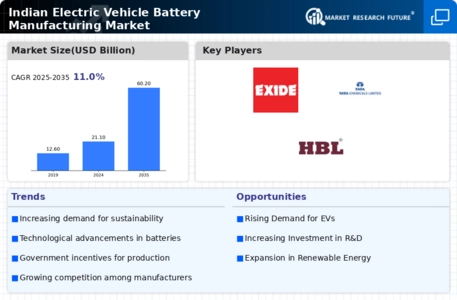
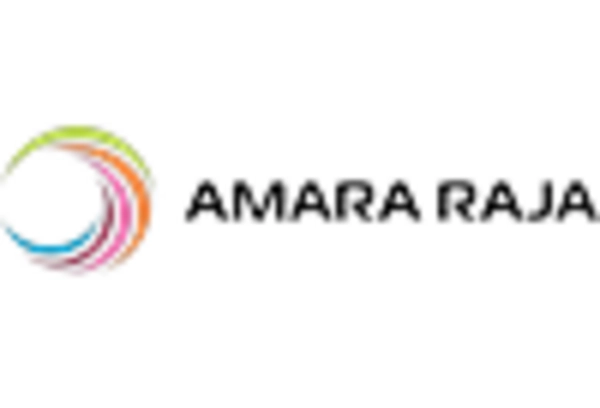

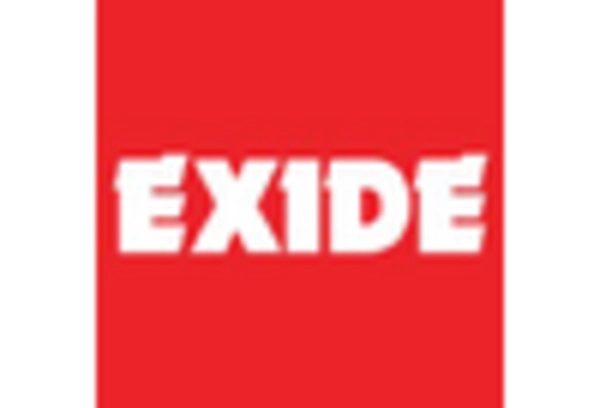
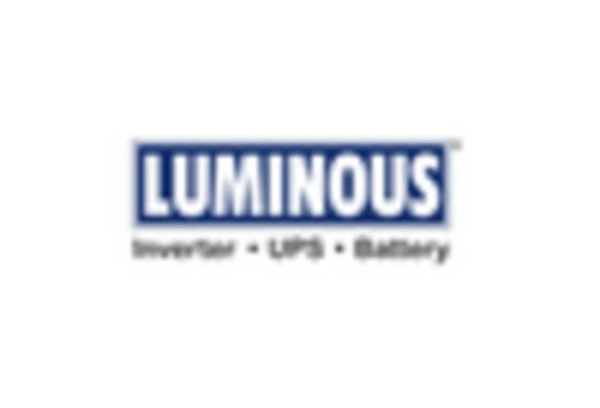
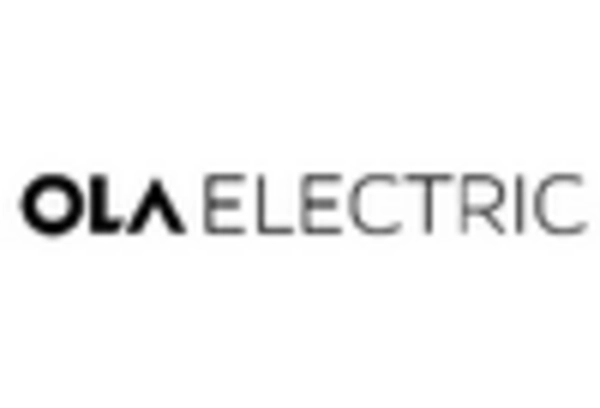









Leave a Comment